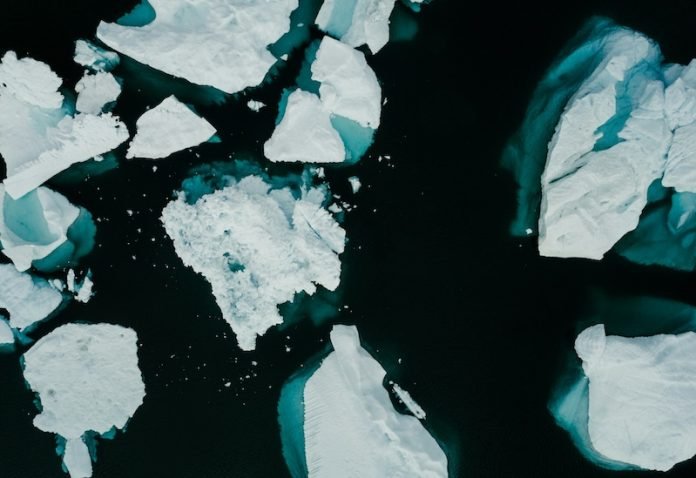
In the remote corners of northeast Greenland, scientists have been keeping a close eye on the 79° N-Glacier, a massive ice formation that’s been losing its battle against climate change.
Through the combination of ground-based gadgets, radars on planes, and satellite views, researchers from the Alfred Wegener Institute have pieced together a worrying picture: since 1998, the glacier has thinned by over 160 meters.
The main culprit behind this dramatic change is the ocean. Warmer waters sneak under the glacier’s tongue, the part that juts out into the sea, melting it from below. But that’s not all. The heat isn’t just coming from the ocean; it’s also beating down from above.
High temperatures in the air form lakes on the glacier’s surface. These aren’t your typical lakes, though. They’re powerful enough to carve huge channels through the ice, draining into the ocean.
In one instance, a channel soared to a height of 500 meters, even though the ice above it was only 190 meters thick.
To gather this information, a rugged camp in northeast Greenland served as a launchpad for deploying state-of-the-art measuring devices.
Helicopters carried these instruments to parts of the 79° N-Glacier that are usually out of reach, while the Alfred Wegener Institute’s polar aircraft swept overhead, gathering data with radar technology.
This comprehensive approach has allowed scientists to understand not just how much the glacier has melted, but also how quickly it’s happening.
This glacier’s fate is more than a local concern; it has global implications. The stability of ice shelves in Greenland and Antarctica is a key factor in controlling sea level rise. If these ice shelves break apart, it could speed up the flow of ice into the ocean, raising sea levels even more.
Since 2016, the research team has been using radar to monitor the glacier’s thinning and melting rates. They’ve found that the 79° N-Glacier has undergone significant changes due to global warming.
Ocean currents, warmed by the changing climate, and the runoff from melted surface ice are making the glacier’s floating tongue—the part extending over the ocean—much thinner.
This thinning is particularly intense near where the glacier meets the land. There’s been a startling 32% reduction in the thickness of this ice since 1998. A massive channel, 500 meters tall, has formed underneath the ice, extending inland.
This phenomenon is largely due to the warm ocean currents and the increased flow of meltwater from the glacier’s surface.
Interestingly, the melt rates have dropped since 2018, possibly because of cooler ocean currents flowing into the area. This shows how sensitive glaciers can be to even short-term changes in their environment.
The scientists warn that the glacier’s floating tongue might break apart in the coming years or decades. This eventuality is being closely studied to understand the process in real-time, a first for the scientific community, which usually only has a chance to examine such occurrences after the fact.
By collecting data beforehand, researchers hope to gain valuable insights into how and why these massive ice bodies disintegrate, offering a clearer view of the future challenges we face as the planet warms.
The research findings can be found in The Cryosphere.
Copyright © 2024 Knowridge Science Report. All rights reserved.



